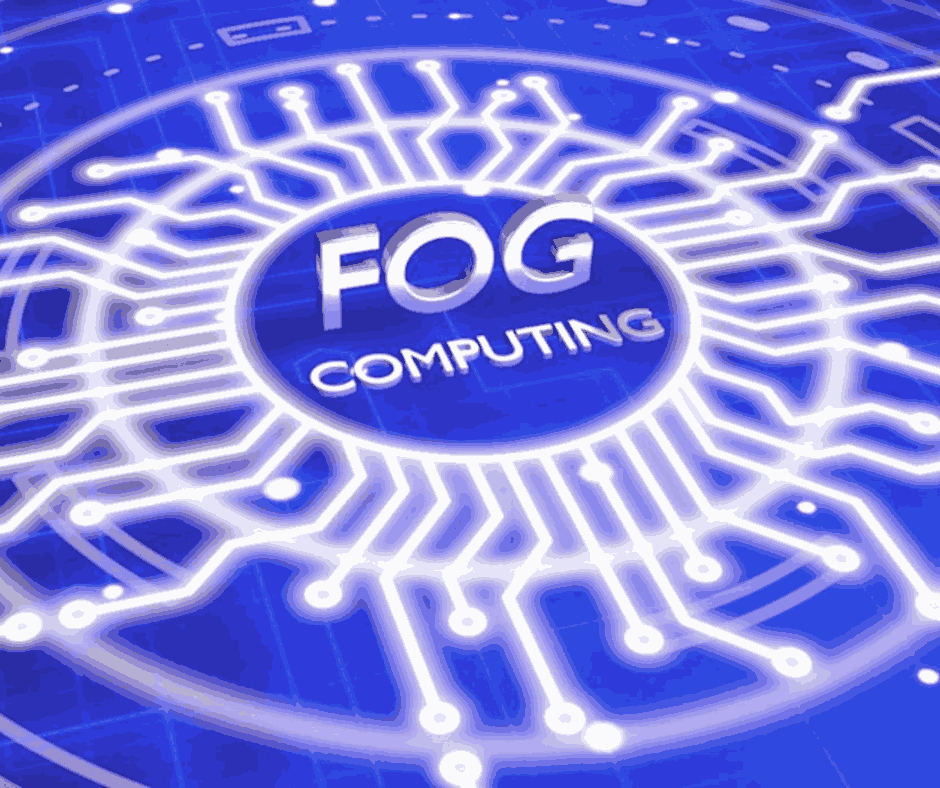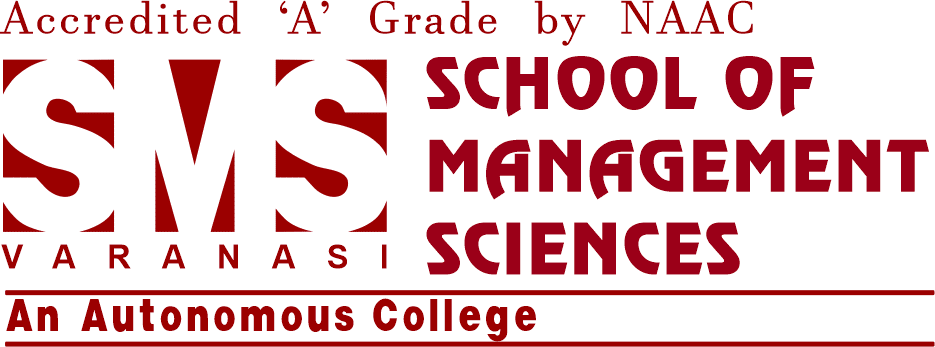The advent of cloud computing transformed the way data is processed, stored, and accessed. However, with the rapid rise of the Internet of Things (IoT) and the increasing demand for real-time processing, cloud computing is beginning to show its limitations. Latency issues and bandwidth constraints have made cloud services less efficient for time-sensitive applications like autonomous vehicles, smart cities, and healthcare systems.
Enter fog computing, an emerging solution that extends cloud services to the edge of the network, enabling local data processing. This reduces latency and enhances real-time decision-making. As fog computing gains relevance, careers in fog computing are opening new opportunities for BCA and MCA students.
This blog will explore fog computing’s potential, job roles, and its impact on computer application trends.
What is Fog Computing?

Fog computing refers to the process of extending cloud services to the network’s edge, allowing data processing closer to the devices generating the data. Unlike cloud computing, which centralises data processing in distant data centres, Edge computing places the processing power closer to the source.
This approach solves key problems like high latency and bandwidth congestion, making it particularly useful for real-time computing applications. As IoT devices continue to flood the market, the demand for skilled professionals in this field as well as careers in Edge computing are growing, positioning it as one of the most exciting computer application trends today.
Careers in Fog Computing: Opportunities for BCA and MCA Graduates

The shift from cloud to Edge computing is creating new career paths for tech graduates. Here are some careers in fog computing you might explore:
- Fog Architect: Responsible for designing and maintaining networks, ensuring efficient data processing and seamless integration with cloud systems.
- IoT Integration Engineer: Focuses on merging IoT systems with infrastructures, creating real-time, edge-based processing solutions.
- Data Scientist for Systems: Analyses real-time data streams from nodes, helping to make decisions based on immediate data.
- Cybersecurity Specialist for Networks: Ensures the secure processing and transmission of data at the network’s edge, defending against potential threats.
To succeed in these roles, students need skills in distributed computing, network management, and real-time analytics, making it essential for aspiring professionals to stay ahead of computer application trends.
Edge computing vs. Cloud Computing: Key Differences
While both cloud and Edge computing play critical roles in modern IT, they differ in several significant ways:
- Location of Data Processing: Nodes process data locally, whereas cloud systems centralise data in remote data centres.
- Latency: Computing offers low-latency processing, ideal for real-time applications like autonomous vehicles, whereas cloud systems can struggle with delays.
- Mobility Support: Networks are more adept at supporting mobile applications like smart traffic systems and wearable devices.
As fog computing applications become more prevalent, understanding these differences will be crucial for students pursuing careers in fog computing.
Fog Computing Applications: Real-World Examples and Industry Use Cases

The real-world potential of computing applications is vast, spanning multiple industries:
- Smart Cities: Edge computing powers smart traffic systems by processing data from sensors and cameras in real time. This enables adaptive traffic lights, which improve flow and prioritise emergency vehicles.
- Autonomous Vehicles: Edge computing processes sensor data directly in vehicles, allowing for split-second decisions without the delays of cloud-based processing.
- Healthcare Systems: Fog nodes enable real-time patient monitoring, facilitating faster medical responses, especially in telemedicine and remote care settings.
- Industrial IoT: Factories use fog computing to monitor equipment and predict maintenance needs, preventing costly downtime and improving operational efficiency.
These Edge computing applications demonstrate the breadth of career opportunities available for BCA and MCA graduates.
Challenges in Fog Computing: System Design, Implementation, and Future Development
While careers in Edge computing are promising, the field also presents challenges, particularly in system design and implementation:
- System Design: Managing distributed fog nodes, scalability, and resource allocation requires careful planning to ensure efficiency and low latency.
- Implementation Issues: Integrating fog systems with existing infrastructure can be complex, especially when it comes to ensuring security at the edge.
- Future Research: Innovations in intelligent resource management, energy-efficient systems, and interoperable standards will drive the next phase of Edge computing development.
These challenges also present opportunities for students interested in research and development roles in careers in Edge computing.
Skills Required for Careers in Edge computing

To excel in careers in fog computing, students need to develop a range of skills. Here are the key areas to focus on:
- Distributed Computing: Understanding how to manage decentralised networks is essential for fog computing.
- Cloud-Fog Integration: Mastering the integration between fog nodes and cloud systems is crucial for ensuring seamless data processing.
- Real-Time Analytics: Being able to process and analyse data in real time is critical for many Edge computing applications.
- IoT Programming: As Edge computing often supports IoT devices, programming skills related to IoT systems will be invaluable.
BCA and MCA students can gain these skills through internships, hands-on projects, and online courses, ensuring they stay aligned with emerging computer application trends.
Edge computing and the Future of Computer Application Trends
Edge computing is part of a broader set of computer application trends driving technological progress. It works synergistically with AI and IoT, creating demand for professionals who can bridge these technologies. From healthcare to transportation, Edge computing applications are transforming industries and creating a wide array of job opportunities.
For students, the ability to understand and implement Edge computing will be key to staying ahead in this evolving field.
Conclusion: Why Fog Computing is a Career of the Future
The shift from cloud to Edge computing presents exciting career potential, especially for students at SMS Varanasi. As the demand for low-latency, real-time processing grows, so will the demand for skilled professionals in careers in Edge computing. By investing in the right skills and keeping up with computer application trends, BCA and MCA students can position themselves at the forefront of this emerging field. Now is the time to explore careers in Edge computing and secure your future in a tech-driven world.

